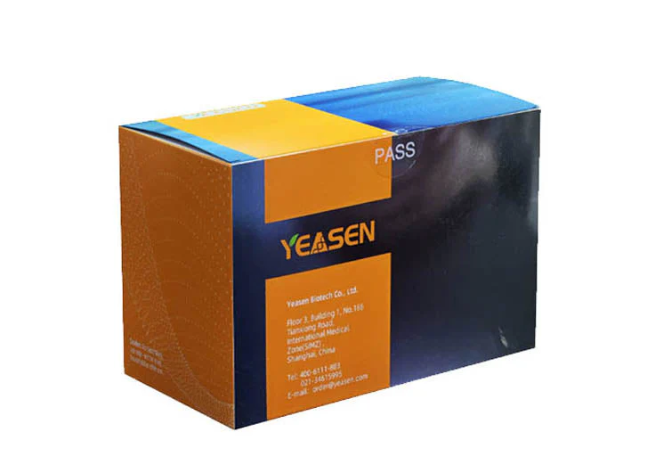Description
ArCas12a, derived from the CRISPR system of Agathobacter rectalis bacteria and also known as Cpf1, is a monomeric protein consisting of 1263 amino acids. As a class II (type V) member of the CRISPR/Cas system, ArCas12a functions solely through a single effector protein and exhibits significant differences from Cas9, such as targeting motifs rich in T, not requiring trans-activating crRNA, producing sticky ends upon DNA double-strand breaks, participating in RNA processing, and possessing DNA nuclease activity.
ArCas12a lacks the HNH domain and can independently utilize its RuvC domain to recognize the PAM region rich in thymine (T) at the 5' end of the target nucleic acid under the guidance of CRISPR RNA (crRNA), initiating cleavage of the target DNA. It has been successfully used for genome editing in many mammals and plants. Additionally, ArCas12a exhibits trans-cleavage activity, capable of indiscriminately cutting non-target single-stranded DNA (ssDNA) in the reaction system.
Compared to other LbCas12a/AsCas12a, ArCas12a demonstrates higher temperature adaptability (25-55oC), making it suitable for genome editing and nucleic acid detection applications.
Features
Broad reaction temperature range: Exhibits cleavage activity within the temperature range of 25-55oC
Low nuclease residue: No residual exonuclease, nickase, or RNase
Cis-cleavage activity: Highly Effective Cleavage of Double-Stranded DNA in Vitro
Trans-cleavage activity: High trans-cleavage activity, suitable for nucleic acid detection
Applications
CRISPR/Cas gene editing
Diagnostic and detection based on the CRISPR/Cas system
Other detection applications combined with isothermal nucleic acid amplification technologies (RPA and LAMP), etc
Specifications
|
Source |
The Cpf1 gene from Agathobacter rectalis is expressed through recombinant expression in E.coli |
|
Molecular weight |
149 KDa |
|
PAM sequence |
TTTN or TTTV |
|
Reaction conditions |
50 mM NaCl, 10 mM Tris-HCl, 10 mM MgCl2, pH 7.9 @25oC |
|
Concentration |
10 µM |
|
Purity |
>95% (SDS-PAGE) |
|
Inactivation conditions |
85oC, 5-10 min |
Components
|
Components No. |
Name |
14702ES65 |
14702ES80 |
|
14702-A |
ArCas12a Nuclease (10 μM) |
100 μL |
|
|
14702-B |
10×ArCas12a Reaction Buffer |
1 mL |
1 mL |
Shipping and Storage
This product should be stored at -25 ~ -15oC for 2 years.
Figures

Figure 1. Test of ArCas12a cis-cleavage activity: M: Marker; C: Template double-stranded DNA (dsDNA)
Note: Under the guidance of crRNA, it can efficiently cleave dsDNA (600 bp) to produce two fragments (200 bp + 400 bp).

Figure 2. ArCas12a Trans-cleavage Activity Test Results
Note: Using dsDNA as the target, ArCas12a, crRNA, and a ssDNA reporter probe (containing a fluorescent reporter group) were added for in vitro cleavage. Once ArCas12a forms a complex with crRNA and the target DNA, it activates trans-cleavage activity, cutting the ssDNA reporter probe, thereby emitting fluorescence.
Documents:
Safety Data Sheet
Manuals
Payment & Security
Your payment information is processed securely. We do not store credit card details nor have access to your credit card information.
Inquiry
You may also like
FAQ
The product is for research purposes only and is not intended for therapeutic or diagnostic use in humans or animals. Products and content are protected by patents, trademarks, and copyrights owned by Yeasen Biotechnology. Trademark symbols indicate the country of origin, not necessarily registration in all regions.
Certain applications may require additional third-party intellectual property rights.
Yeasen is dedicated to ethical science, believing our research should address critical questions while ensuring safety and ethical standards.

